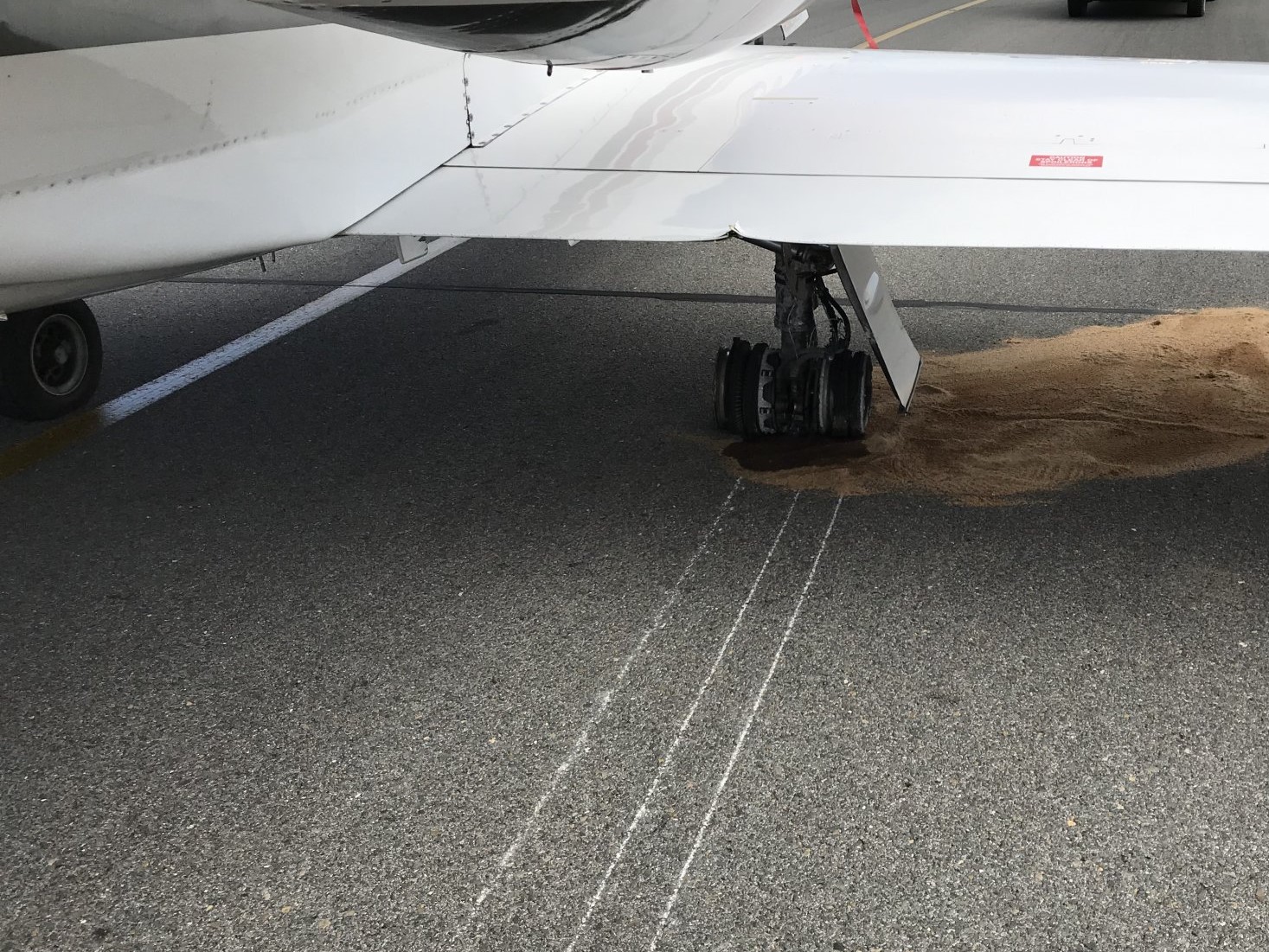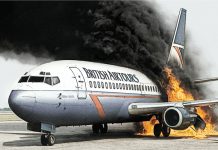A recently reported incident involving a medevac flight is a reminder of the hazard posed by foreign object debris (FOD) on runways and taxiways.
An ATSB aviation occurrence brief reports how on the night of on 3 February this year, a Learjet 35A was taking off with two crew and four passengers from Darwin, to Adelaide.
‘During take-off, the crew noticed a moderate shimmy in the right-hand main wheel resulting in the aircraft slightly veering to the right of the runway. The crew suspected a blown tyre; however, as there were no abnormal indications they elected to continue to Adelaide.
‘En route to Adelaide, ATC told the jet’s crew that rubber tyre and metal fragments had been recovered from the runway in Darwin. The crew requested the airport rescue and firefighting service to stand by for their arrival into Adelaide.’
The aircraft landed safely at Adelaide Airport where it was found that both the right hand tyres had blown and the aircraft’s right wheel and brake assemblies were damaged.
The operator suspected the cause of the blown tyres was FOD on the runway at Darwin. However, Darwin Airport did not find any FOD apart from tyre debris.
Leaving aside the question of whether the incident was the result of debris on the Darwin runway, FOD costs the global aviation industry $US4 billion ($A5.9 billion) a year, Boeing estimated in 1998.
Boeing’s definition of FOD is ‘any object found in an inappropriate location that—as a result of being in that location—can damage equipment or injure airplane or airport personnel.’ FOD was implicated in the crash that destroyed a French Concorde in July 2000.
The Australasian Aviation Ground Safety Council publishes a recommended industry practice for foreign object debris management.
In it the council says, ‘Probably the biggest deterrent to the effectiveness of any program is the lack of sufficient disposal containers, conveniently located, and conspicuously marked. Should an individual take the time and effort to pick up foreign material and then find no place to dispose of it, invariably the individual may redeposit it from where it was found—only to again create a FOD hazard. ‘
Flight Safety Australia: back in print
- Flight Safety Australia is available now by subscription from the CASA Online Store for $39.95 for four issues a year, delivered to your door in Australia.
- Subscribe by 25 August to receive the Spring 2019 issue. Subscribers after that date will receive the Summer issue as their first.
- The first 900 subscribers get the gift of a kneeboard, a multitool or a fuel drain (their choice, stocks permitting) with their subscription.
- Subscribe at shop.casa.gov.au






Comments are closed.